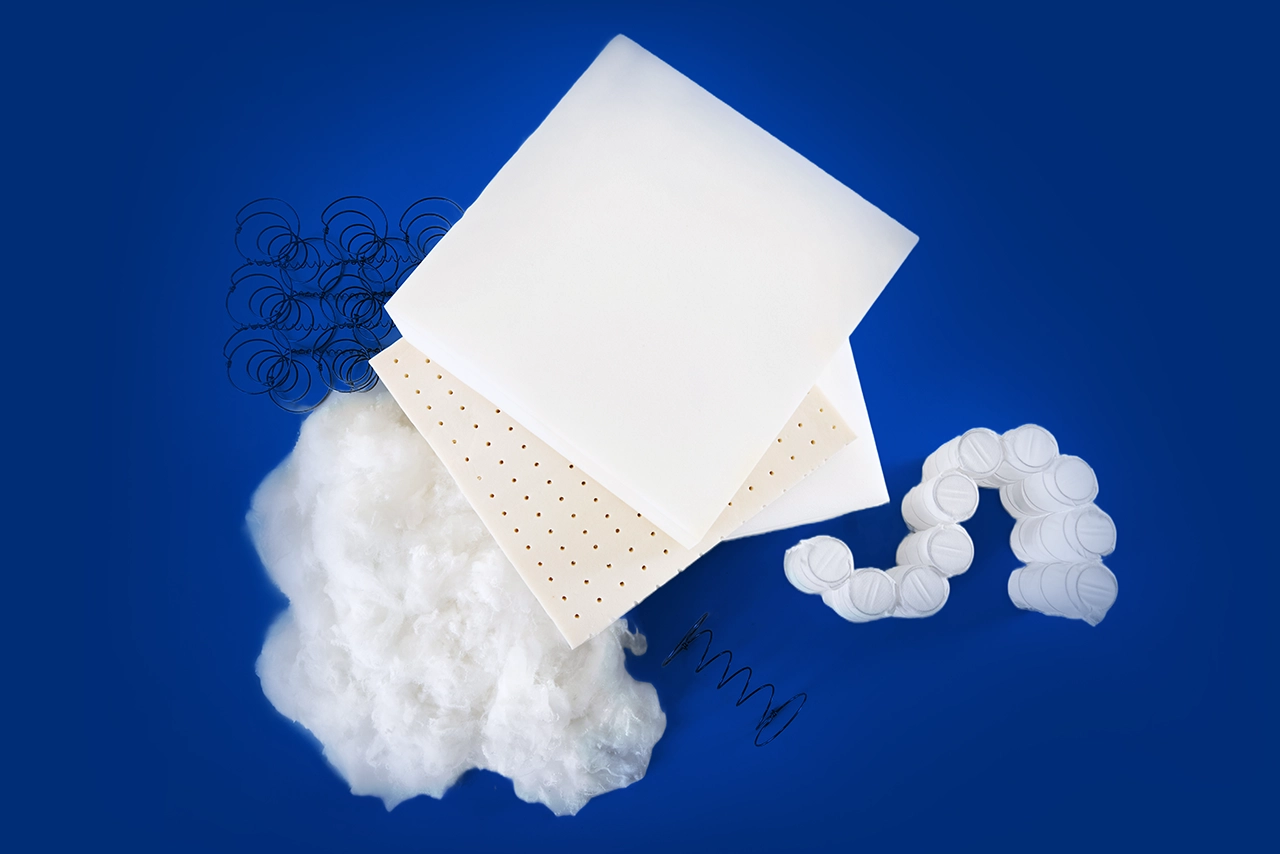To provide services at the highest level, we use cookies. Using the website requires you to choose settings related to their storage on your device. If you want to know what each type of cookie is used for, click the Details button below.
Spring mattresses - are they worth buying?25 lipca 2025 |

Foam mattresses, especially those made of high-resilience HR foam, offer better adaptation to the body?s anatomical curves. Their structure - provided the second layer is made of V-foam - ensures even support across the body?s surface without creating pressure points. Spring mattresses cannot achieve this level of adaptation. Springs mainly respond vertically and don?t distribute pressure in a way that aligns naturally with the human spine.
Spring mattresses have significant structural limitations. Even pocket spring mattresses don?t operate completely independently, as the springs are interconnected with other materials, disrupting individual body contouring. Over time, deformation and loss of elasticity occur, along with unwanted acoustic effects like squeaking.
The steel springs inside a mattress can act like antennas or coils, amplifying electromagnetic fields, which may interfere with the body?s natural magnetic field. Additionally, their structure promotes the accumulation of dust and dirt inside the mattress, which affects air quality around the sleeper and can cause respiratory problems, especially in allergy sufferers. In general, they also fail to provide adequate spinal support.
Spring mattresses typically do not conform precisely to the natural curve of the spine. They respond vertically to pressure, resulting in uneven support - particularly around the hips and shoulders. This can lead to misalignment during sleep and increased muscle tension, which may cause back pain.
Due to their rigid construction and outdated technology, spring mattresses generally cannot provide optimal spinal support. The spring design does not eliminate micro-vibrations, so the mattress transmits partner movements - which worsens sleep quality. Moreover, the interior collects dust and allergens, and the metal components may affect the electromagnetic field around the body.